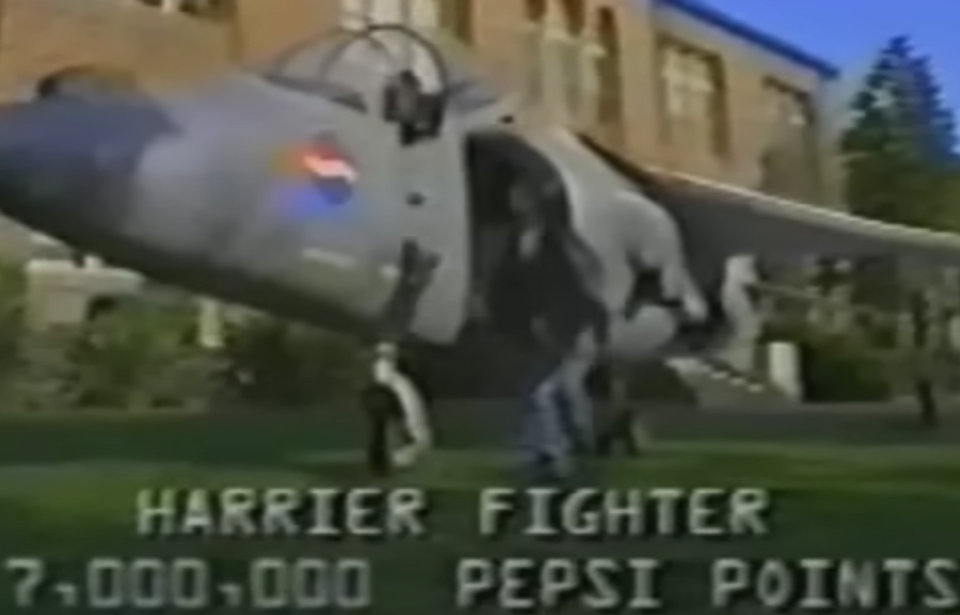Written by Jesse Beckett and Clare Fitzgerald
In the 1990s, Pepsi ran an advertising campaign for their new Pepsi Stuff program, which allowed patrons to purchase and earn Pepsi Points to spend on items in a dedicated catalog. While it primarily contained common items like t-shirts and accessories, one television commercial showed a child landing a Harrier II “jump jet” on his school grounds. The price for the fighter jet was listed at seven million Pepsi Points.
However, when college student John Leonard collected enough Pepsi Points to acquire the Harrier II, the company revealed the prize wasn’t real, resulting in a legendary lawsuit between one of the world’s largest soft drink manufacturers and a 20-year-old.
You could win a fighter jet from Pepsi… Not!
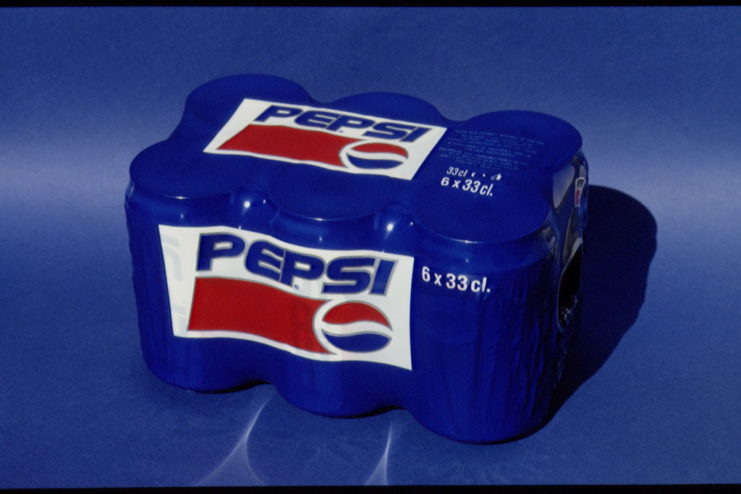
From March 28 to October 31, 1996, Pepsi ran the Pepsi Stuff program. Created by the company’s then-Chief Marketing Officer, Brian Swette, it offered purchasable items from its catalog. Items were bought with Pepsi Points, which were obtained through specially-marked soda packages or purchased directly from Pepsi.
To advertise the program, Pepsi filmed a Super Bowl commercial featuring a child wearing a t-shirt, jacket and glasses, all of which could be earned through the Pepsi Stuff program. As each item was shown, their value in Pepsi Points appeared at the bottom of the screen.
The clip ended with the child landing a McDonnell Douglas AV-8B Harrier II at their school, opening the canopy to triumphantly state, “Sure beats the bus.” According to the commercial, the fighter jet was worth seven million Pepsi Points. It didn’t explicitly state the segment was a joke, despite it being one, as it was assumed no one would take it seriously.
Pepsi, perhaps naively, put the claimed price of the Harrier II extremely low, as it was never an item they could actually give away. The company also allowed for the direct purchase of Pepsi Points as an alternative to having to source them from Pepsi products. These enabled the eventual situation with John Leonard to escalate.
John Leonard’s quest to own a Harrier II
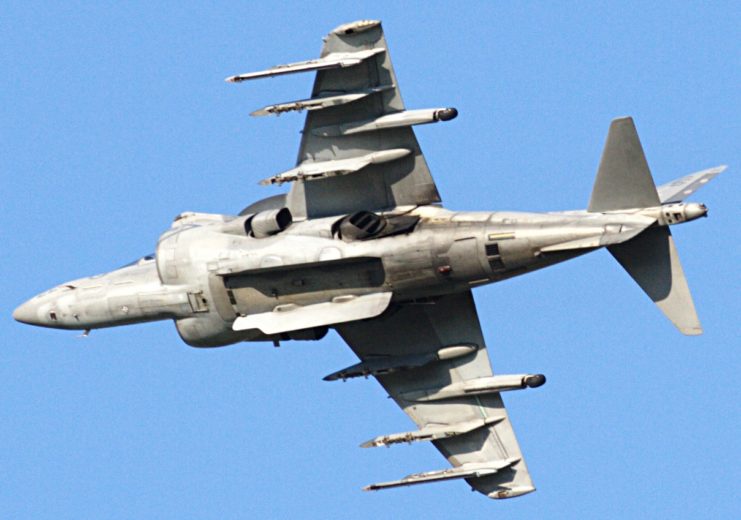
At the time the Pepsi Stuff program was introduced, a Harrier II was worth between $32 million, depending on the source, while seven million Pepsi points were worth just $700,000 USD. John Leonard saw the advertisement and realized he had an opportunity to own a fighter jet at a massively discounted price. Unfortunately, he’d failed to understand the prize was a joke.
Leonard calculated that he would need to drink 190 cans of Pepsi a day for 100 years to collect enough Pepsi Points to acquire the fighter jet. As this wasn’t possible, he enlisted the assistance of his friend, Todd Hoffman, who helped determine he would need to purchase 1.4 million 12-packs of Pepsi, which would then need to be stored in a 600,000-cubic-feet space. They quickly realized this also wasn’t feasible.
Leonard exploited the directly-purchasable Pepsi Points loophole to quickly acquire the prize. He initially had 15, but managed to raise $708,000.50 for the remaining 6,999,985 he needed, buying them for $.10 a piece. He then mailed the lot over to Pepsi with a further $10 to cover shipping and handling.
Is it legal to own a Harriet II?
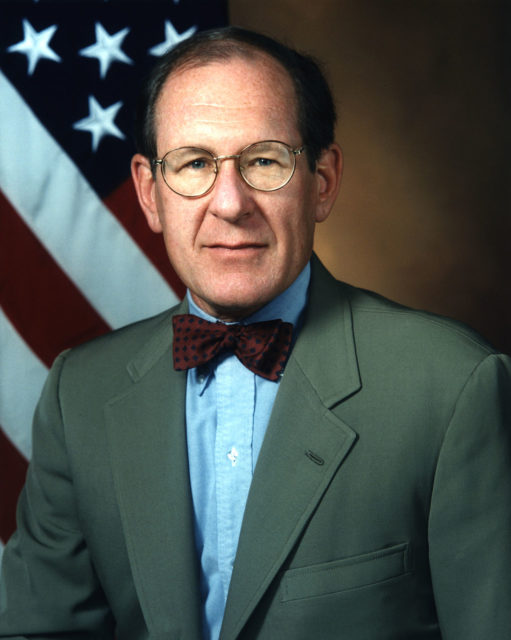
Given it was a military vehicle, John Leonard and Todd Hoffman had to confirm that they were, indeed, allowed to own a Harrier II. Under the guise of needing information for a school project, the former contacted Chief Pentagon Spokesman Kenneth Bacon and was told it was legal, so long as the fighter jet didn’t have its armaments.
With verification that their plans were legitimate, Hoffman and Leonard began to map out what they would do with the Harrier II. Along with showcasing it at airshows across the United States, they also planned to open it up for use by advertisers and other companies, so they could recoup the $700,000 it had cost them to obtain the necessary Pepsi Points.
John Leonard versus Pepsi
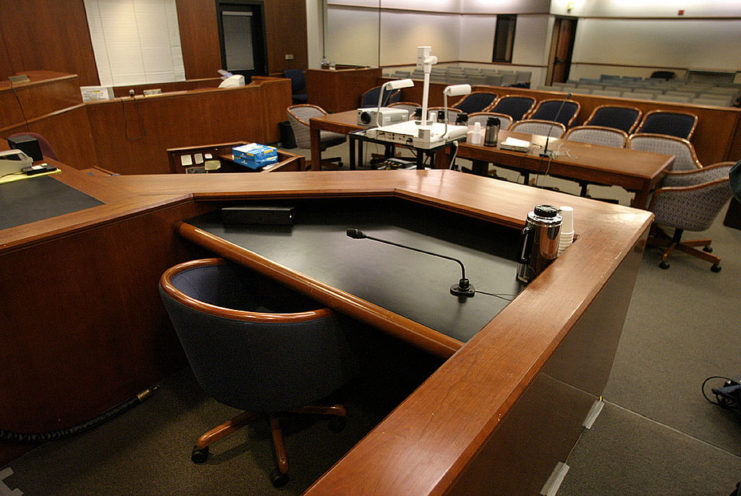
Pepsi returned the payment, claiming the advertisement was a joke, and instead of sending John Leonard the fighter jet provided him with two free product coupons. The two parties then went to war in court over the matter. At the time, the public was on Leonard’s side, agreeing that the commercial, while intended to be a joke, could be misleading.
Instead of playing the situation into something beneficial for them, Pepsi refused to back down. “Tens of millions of Americans, and people around the world, saw the spot, got the joke, and laughed,” said John Harris of PepsiCo during the court proceedings. “Mr. Leonard saw the spot, hired business advisers and lawyers and decided to take legal action.”
While the public backed Leonard, the court was decidedly on Pepsi‘s side, stating the advertisement was puffery and that no reasonable person could have truly believed such an expensive piece of military equipment, let alone a fighter jet, could be acquired for such a low price.
The court added, “The callow youth featured in the commercial is a highly improbable pilot, one who could barely be trusted with the keys to his parents’ car, much less the prized aircraft of the United States Marine Corps.” After the battle, Pepsi continued to air the commercial, but hiked up the Harrier II’s price from seven million Pepsi Points to 700 million, and added the disclaimer, “Just kidding.”
Pepsi, Where’s My Jet?
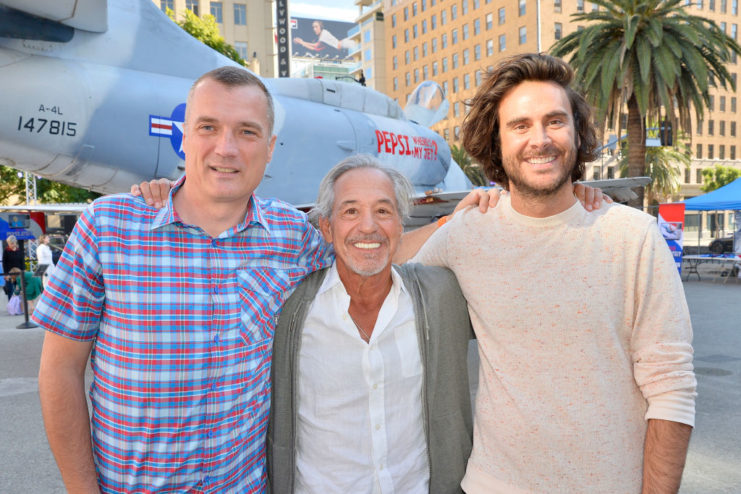
Netflix released a docuseries about the court case – Pepsi, Where’s My Jet? – on November 17, 2022. Directed by Andrew Renzi, the four-episode special features interviews with those involved in the saga, including John Leonard, PepsiCo executives and even model Cindy Crawford. There’s also an interview with famed former attorney Michael Avenatti, who, despite being in law school at the time, helped Leonard bring his case to the wider public.
More from us: Pepsi Once Had the 6th Largest Navy In the World
It appears that, after nearly three decades, the case continues to intrigue the public. Pepsi, Where’s My Jet? has received largely positive reviews since its release, while the story and subsequent lawsuit have become a major case study in many law schools.
